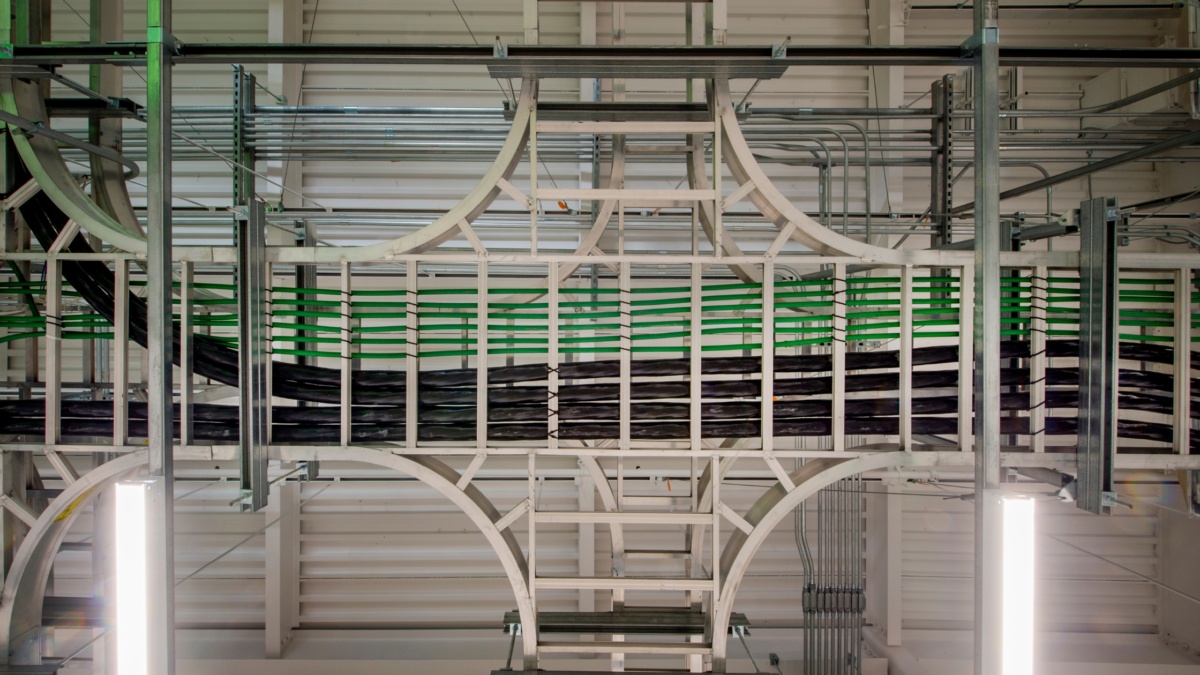In an era where businesses require fast internet access, secure data management, and effective communication, structured cabling emerges as the unsung hero. These intricate cables, connectors, and hardware networks underpin our increasingly connected world. This article will explore the technology, uses, and advantages of structured cabling.
Understanding Structured Cabling
Structured cabling is a comprehensive system of cables, connectors, and hardware that facilitates the rapid and efficient transfer of data, voice, video, and other signals. It is a standardized, organized approach to a cabling infrastructure designed to predict and accommodate varying technology and business needs. Unlike traditional point-to-point cabling systems that can create a messy and chaotic network of wires, structured cabling is organized and clean. The system typically consists of a central hub from which cables are drawn to different points, following a structured plan. In short, it neatly arranges an array of systems, including fiber optics, Cat6 cables, phone cables, wireless access points, server racks, and cable management.
 A structured cabling system encompasses multiple elements: entrance facilities, an equipment room, backbone cabling, telecommunications rooms, horizontal cabling, and work areas. Key components include horizontal and vertical cabling channels, patch panels, and network equipment such as switches and routers. Horizontal cabling channels run between individual workstations and the telecommunications room, making connections accessible and manageable. In contrast, vertical cabling, also known as backbone or riser cabling, spans across floors, linking different network areas together.
A structured cabling system encompasses multiple elements: entrance facilities, an equipment room, backbone cabling, telecommunications rooms, horizontal cabling, and work areas. Key components include horizontal and vertical cabling channels, patch panels, and network equipment such as switches and routers. Horizontal cabling channels run between individual workstations and the telecommunications room, making connections accessible and manageable. In contrast, vertical cabling, also known as backbone or riser cabling, spans across floors, linking different network areas together.
Applications of Structured Cabling
The functions and uses of structured cabling are numerous and span multiple technologies and systems.
- Data Transfer: It forms the backbone for data sharing between computers, servers, and other devices, which is crucial for managing large-scale construction projects.
- Voice Communications: It carries voice signals for telecommunication, connecting phones, intercoms, and public address systems.
- Security Systems: It bolsters security systems, connecting CCTV cameras, access control systems, and other security hardware.
- Building Automation Systems: Structured cabling is pivotal in linking automation systems for heating, cooling, lighting, and more.
- Audio/Video Systems: For sites utilizing multimedia communications, structured cabling streamlines the transmission of audio and video signals.
Benefits and Advantages of Structured Cabling
Beyond providing faster processing speeds and boosting network efficiency, structured cabling brings many additional benefits – the following are just a few:
- Scalability: With a structured approach, adding new devices or systems becomes straightforward, making it an excellent option for expanding businesses.
- Flexibility & Adaptability: The system facilitates easy changes, whether reorganizing workstations or relocating to a new building, reducing disruptions. Additionally, the structured cabling format also easily adapts itself to advancing technologies and their requirements.
- Reduced Connectivity Issues: An organized cabling system makes it easier for technicians to identify and fix issues, reducing downtime and improving productivity.
- Safety: A well-organized cabling system decreases the risk of fires, electric shocks, and physical hazards, providing a safer work environment.
Structured cabling, the invisible force powering our digital world, is the key to efficient and adaptable construction and electrical contracting operations. By adopting a structured approach, businesses can streamline their communications, foster technological advancement, and enhance safety while preparing for the future of connectivity.

